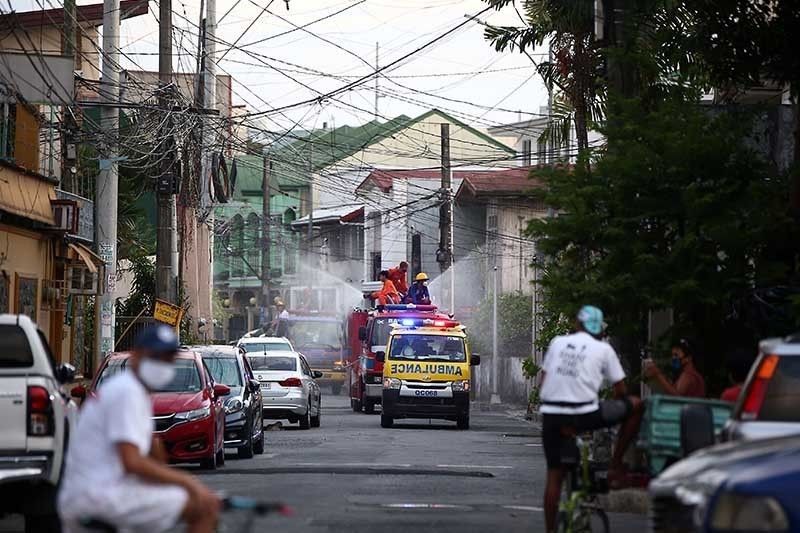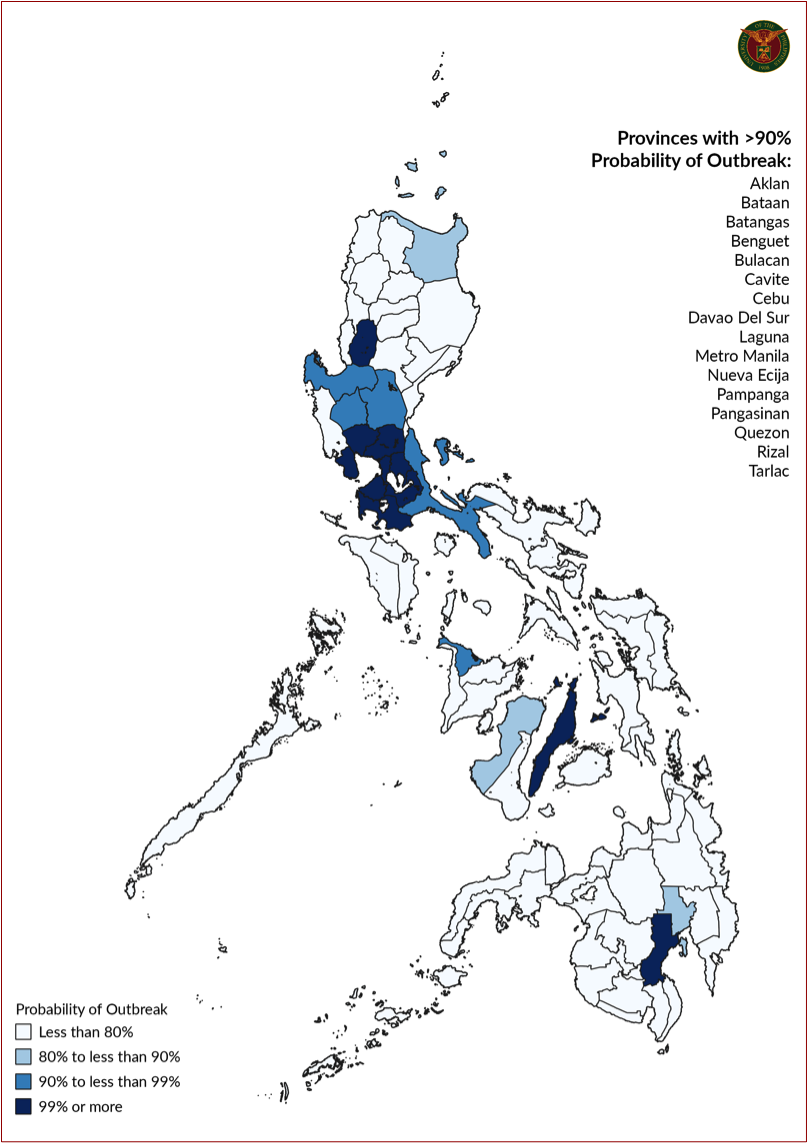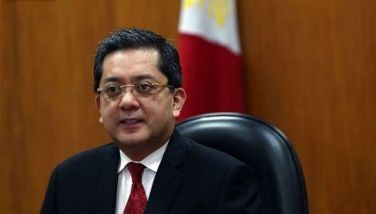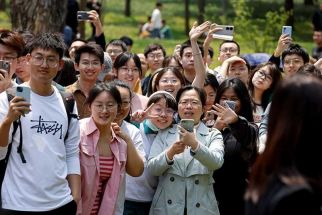UP experts recommend modified community quarantine after Luzon-wide lockdown ends

MANILA, Philippines — The national government should enforce localized quarantine measures once the enhanced community quarantine of Luzon ends on April 30, data scientists from the University of the Philippines said.
Last month, half of the country’s population was ordered to stay home in a drastic move to arrest the spread of the novel coronavirus that has infected more than 5,200 individuals—335 of whom have died—in the country. The quarantine of Luzon, which is extended until the end of the month, also effectively halted business and commerce on the island, slowing economic activity and sidelined millions of workers.
A report of the UP COVID-19 Pandemic Response Team found that the enhanced community quarantine of Luzon—along with other interventions—appeared successful in containing the spread of the virus. It analyzed the trend in the number of confirmed cases and the case fatality rate.
However, the Luzon-wide lockdown may not be sustainable if implemented over the long run.
“Prolonged restriction on the movement of goods and services over a large area (i.e. region-wide) can unnecessarily paralyze local economies,” the report read.
Graduated activation of ECQ
The UP data scientists suggested that areas with a very high outbreak threshold should enforce modified community quarantine.
“Our best recourse after April 30 is to implement graduated activation of ECQ depending on the level of risk in certain areas at a given time. Under this set-up, provinces (or even lower-level LGUs) may be put under ECQ depending on how close or far they are to an estimated outbreak threshold,” the report read.
The team identified at least 16 provinces across the archipelago that have outbreak probability rates of more than 90%.
Thirteen of the areas are in Luzon—Bataan, Batangas, Benguet, Bulacan, Cavite, Laguna, virus hotspot Metro Manila, Nueva Ecija, Pampanga, Pangasinan, Quezon, Rizal and Tarlac. The other provinces are Aklan and Cebu in Visayas and Davao del Sur in Mindanao.

Example map showing the probability of cases or outbreak threshold (with reproductive number of 2) of the Philippines computed per province from best available data as of April 9, 2020. Map layout by Feye Andal of UPRI Youth Mappers.
Data from the Department of Health show there are 3,621 people infected in the capital region, 1,196 in the rest of Luzon, 90 in Visayas and 143 in Mindanao. Some 173 cases are still up for validation.
The UP COVID-19 team suggests that areas with outbreak probability of less than 80% do not need to declare community quarantine at all. But it stressed that these localities must sustain other interventions such as information campaigns, general physical distancing, testing and contact tracing.
Areas with over 80% probability of outbreak should enforce general community quarantine, while areas with over 90% probability of outbreak should still implement enhanced community quarantine.
Localities with outbreak probability of 99% or more should declare extreme enhanced community quarantine, similar to what is being enforced in Pangasinan and several barangays of Quezon City.
“Soon we will have to decide when to restart economic activities and, these localized metrics, which can be done up to barangay level may aid policy decisions on the preservation of both lives and livelihood,” the report read.
Vaccine needed to fully halt transmission
The World Health Organization chief Tedros Adhanom Ghebreyesus said on Monday that “control measures must be lifted slowly and with control.”
But he acknowledged that the development and delivery of vaccine “will be needed to fully interrupt transmission.”
President Rodrigo Duterte on Monday said the Luzon-wide enhanced community quarantine may be lifted once the antibody cure for COVID-19 is available in the market. He claimed that a pharmaceutical firm is developing a cure for the disease and may start selling the medicine next month.
But it may at least 12 to 18 months before a coronavirus vaccine becomes publicly available.
The task force on the government’s coronavirus response said it is still discussing protocols to be enforced as the main island of Luzon transitions from a lockdown to a community-based quarantine.
“We will identify what industries, how many percentage of workers or the work force; transport sector, what we will do; and all of these other factors that we will allow to slowly operate, then we will set very strict and stringent guidelines on what the new normal is,” Cabinet Secretary Karlo Nograles, IATF spokesperson said Tuesday.
“The wearing of mask, social distancing, physical distancing, personal hygiene, washing, all of these will be part of the new normal. So, that is still in the process of being finalized,” he added.
- Latest
- Trending





























